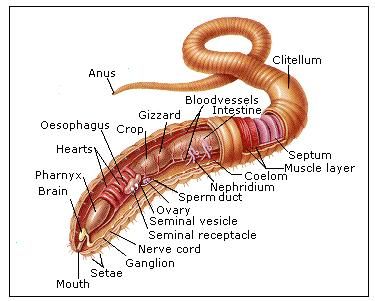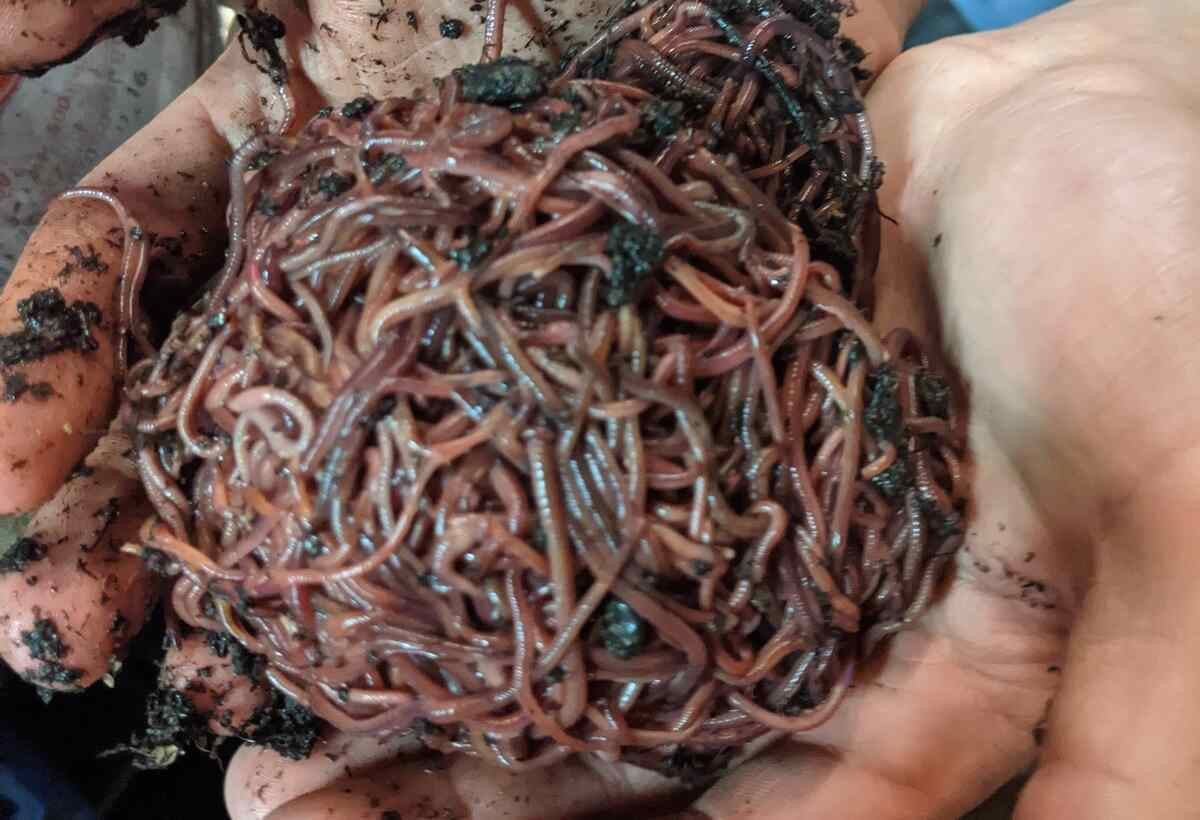Unlock the Advantages of Red Wiggler Composting for Your Organic Garden
Unlock the Advantages of Red Wiggler Composting for Your Organic Garden
Blog Article
Exploring the Systems of Red Wiggler Composting: A Comprehensive Overview to the Refine and Its Favorable Influence On Lasting Gardening Practices
The complex devices of red wiggler composting, making use of the one-of-a-kind physiology of Eisenia fetida, present a compelling avenue for boosting lasting horticulture practices. This procedure not just changes natural waste into nutrient-dense vermicompost but additionally fosters a healthier soil ecological community via enhanced oygenation and microbial task. As metropolitan gardening gains grip, recognizing the subtleties of this composting approach comes to be increasingly relevant. The trip right into its myriad advantages and finest methods is just starting, motivating a closer examination of how this method can improve our horticulture methods.
Comprehending Red Wigglers
Red wigglers, scientifically referred to as Eisenia fetida, are a types of earthworm highly related to for their effectiveness in composting natural waste. These worms prosper in nutrient-rich environments, specifically in decomposing raw material, making them perfect for vermicomposting systems - Red Wiggler Composting. Characterized by their reddish-brown pigmentation and fractional bodies, red wigglers are smaller sized than common earthworms, typically gauging between 3 to 4 inches in size
Their distinct physiological attributes improve their composting abilities; as an example, they possess a high reproductive price, allowing populaces to multiply quickly under suitable conditions. Red wigglers eat natural material, breaking it down via their digestion systems, which results in nutrient-rich spreadings that function as an excellent natural plant food. Their voracious hunger allows them to process large volumes of food waste effectively, considerably lowering landfill payments.
In enhancement to their composting expertise, red wigglers play a crucial duty in soil health and wellness. Red Wiggler Composting. They freshen the dirt and assist in the decomposition of organic matter, additional improving the soil community. Recognizing the characteristics and environmental benefits of red wigglers is essential for anyone seeking to implement sustainable gardening practices through effective composting techniques
The Composting Refine
The composting procedure involves breaking down organic products right into nutrient-rich garden compost, a task that red wigglers stand out at because of their specialized digestive systems. These worms consume food scraps, lawn waste, and various other raw material, changing them into important compost with a series of chemical and organic procedures.
Originally, the raw material is blended with bed linen materials such as shredded paper or dried leaves, creating an ideal environment for the worms. As the red wigglers ingest this blend, they simplify through their digestive tract, where microorganisms additionally disintegrate the material. This process generates warmth, advertising microbial task, which speeds up disintegration.

Advantages of Red Wiggler Composting
Eco-conscious individuals and several gardeners recognize the many benefits of red wiggler composting, making it a prominent choice for reliable waste administration. One of the main advantages is its capacity to significantly minimize natural waste in land fills - Red Wiggler Composting. Red wigglers successfully break down kitchen area scraps and other biodegradable products, changing them into nutrient-rich vermicompost that improves soil health
Moreover, red wiggler composting improves dirt framework and fertility. The resulting vermicompost is including beneficial bacteria, which advertise plant growth and enhance nutrient retention. This all-natural fertilizer not only supports lasting horticulture techniques yet likewise lowers reliance on chemical fertilizers, promoting a much healthier community.
Furthermore, red wiggler composting is a space-efficient approach, making it perfect for metropolitan garden enthusiasts with minimal space. The process can be conducted inside your home or outdoors, permitting year-round composting no matter environment conditions. Additionally, red wigglers are low-maintenance microorganisms that need marginal treatment, making them obtainable for novice gardeners.
Essentially, the benefits of red wiggler composting prolong beyond waste reduction; they contribute to much healthier soils, sustainable gardening practices, and ecological stewardship, placing it as a valuable technique in modern cultivation.
Ideal Practices for Composting
For successful red wiggler composting, sticking to finest practices is crucial to optimize effectiveness and ensure a productive setting for these worms. This balance advertises ideal decay and enhances the worms' wellness.
Next, screen dampness degrees, aiming for helpful resources a moist, sponge-like consistency. Overly wet problems can lead to anaerobic decay, while too much dryness may impede worm activity. In addition, guarantee proper aeration by turning the compost regularly, which assists prevent compaction and permits sufficient oxygen flow.
Temperature level is one more essential element. Preserve a variety of 55 ° F to 77 ° F(13 ° C to 25 ° C) to advertise worm task and microbial growth. Prevent presenting meat, milk, and oily foods, as these can bring in try this out parasites and produce smells.
Enhancing Sustainable Gardening
Lasting horticulture personifies an all natural technique that integrates eco-friendly concepts with useful horticulture strategies. By including techniques such as red wiggler composting, garden enthusiasts can significantly enhance their practices, promoting an extra resilient ecosystem. Red wigglers, renowned for their efficient disintegration abilities, transform organic waste right into nutrient-rich compost, therefore improving the dirt without depending on chemical plant foods.
Carrying out lasting gardening strategies, such as plant rotation, buddy planting, and mulching, additional enhances the benefits of composting. These methods not just boost soil framework and fertility however also promote biodiversity, bring in useful pests and microorganisms that contribute to plant health and wellness. Discover More Utilizing indigenous plants can reduce water usage and minimize upkeep, lining up with water conservation initiatives.

Final Thought
In verdict, red wiggler composting represents a crucial approach for boosting lasting horticulture practices. The reliable food digestion of organic waste by Eisenia fetida not just creates nutrient-rich vermicompost yet additionally cultivates improved soil health and wellness and framework. By promoting aerobic decay, this technique decreases odors and waste while decreasing dependency on chemical plant foods. Inevitably, the fostering of red wiggler composting can considerably add to environment-friendly gardening, benefitting both metropolitan and newbie gardeners in their cultivation efforts.
The intricate mechanisms of red wiggler composting, utilizing the one-of-a-kind physiology of Eisenia fetida, offer an engaging opportunity for enhancing sustainable gardening practices. Recognizing the features and ecological benefits of red wigglers is crucial for anybody looking to implement sustainable horticulture methods through efficient composting approaches.

In verdict, red wiggler composting stands for an important method for enhancing sustainable gardening practices. Ultimately, the fostering of red wiggler composting can substantially contribute to eco-friendly gardening, profiting both city and amateur garden enthusiasts in their farming initiatives.
Report this page